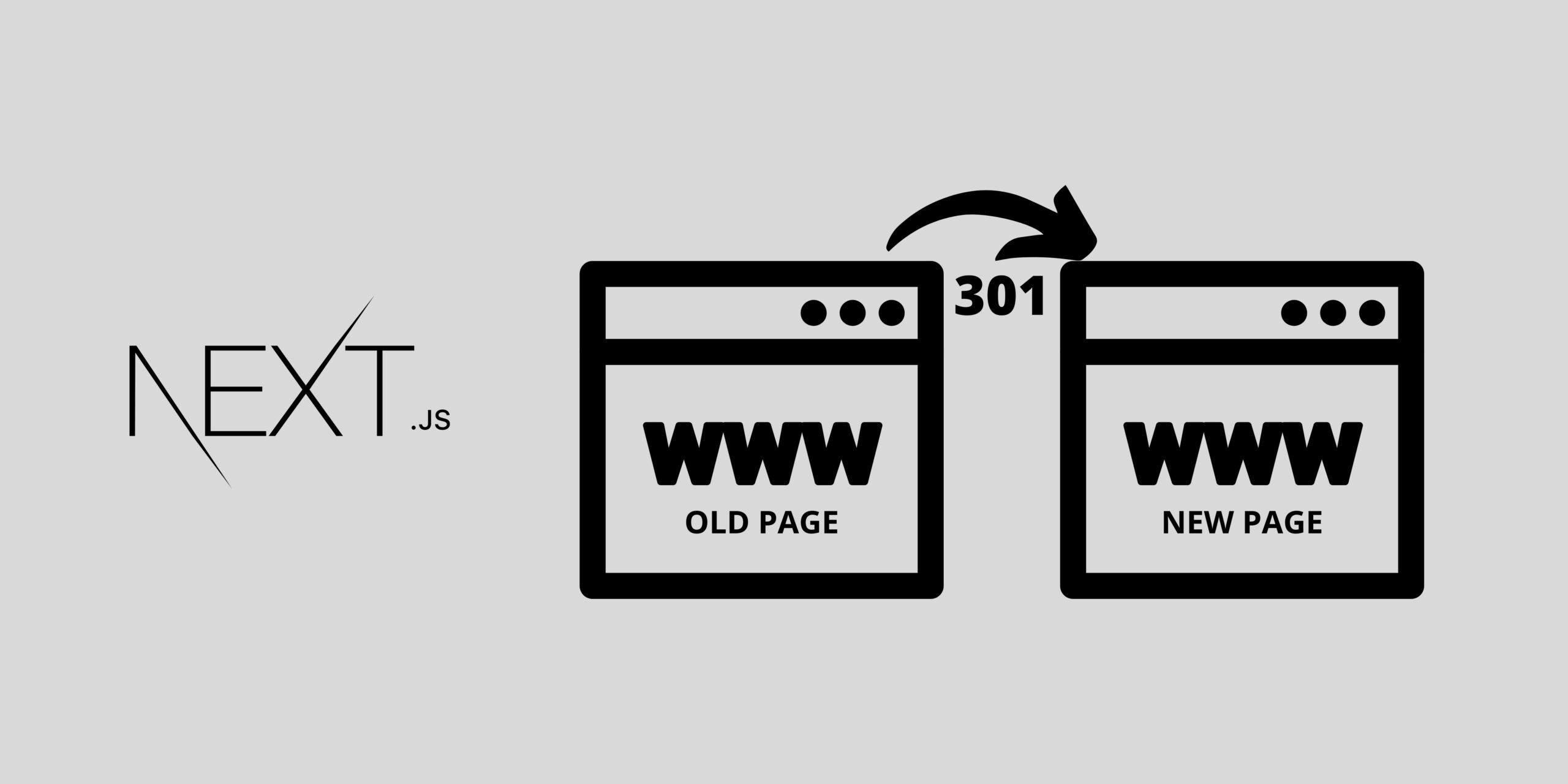When switching from an old website URL to a new one, 301 redirection is necessary. Here in this article, we will set up a 301 redirect in a Next.js 12 app.
In React, we need to use third-party packages for redirection. Because Next.js is a framework, and it is pre-bundled with the redirection feature.
Let us see a basic example of a 301 redirect. In my blog Techomoro, I have enabled a 301 redirection from my old URL to the new one that I have mentioned below.
// Old URL https://techomoro.com/how-to-install-and-set-up-angular-8-on-ubuntu-19-04/
// New URL https://www.techomoro.com/install-and-set-up-angular-on-ubuntu/
We can see the URL I typed on the browser and the final URL in the below GIF.

Prerequisites
I believe that the reader has a basic understanding of the following things:-
- Creating an application using the Next.js framework
- Working with the Next.js framework
What we will learn
In this article, we will learn the following things:-
- What is the importance of a 301 redirect?
- How to set up a 301 redirect in Next.js
- Passing query to the destination Path
- Path matching
What is the importance of a 301 redirect?
A 301 redirect implicates a permanent change from one URL to another. This means, that when a user accesses an old URL, it will be redirected to the new one.
One of the advantages of 301 redirects is that the new URL will get all the ranks and backlinks of the old URL.
301 redirection is used when a page is moved or removed from a website.

How to set up a 301 redirect in Next.js 12
In Next.js 12, we can list all the redirections inside the next.config.js file.
Assume that the old path /old-contact-page and the new path is /new-contact-page. Then the redirection code will code like below.
adding the attribute permanent: true will make the redirection a status code of 301.
module.exports = {
async redirects() {
return [
{
source: '/old-contact-page',
destination: '/new-contact-page',
permanent: true,
},
]
},
}Passing query to the destination Path
We can also pass the old path query values to the new destination path.
{
source: '/old-blog/:path*',
destination: '/blog/:path*',
permanent: false
}When /old-blog/post-1?user=john is requested, the user will be redirected to /blog/post-1?user=john.
Path matching
If we have the slug or id or any values, that changes in our URL we can match the paths and redirect from the old path to the new path.
For example, if we have written a redirection code from /old-blog/:slug to /new-blog/:slug, the change in slug will now affect the redirection.
That means, the path /old-blog/post-1 will redirect to the new path /new-blog/post-1.
module.exports = {
async redirects() {
return [
{
source: '/old-blog/:slug',
destination: '/new-blog/:slug',
permanent: true,
},
]
},
}More redirections are listed on the official Next.js page. You have to refer to it.
Summary
Here in this article, we have discussed what is 301 redirects, its importance, and the method to set up 301 redirects in a Next.js 12 app.





Thank you for the solution,
Your solution needs to hardcode old & new URL in the next.config.js file and rebuild the project.
but in a big websites like news websites, the URLs may be changed frequently because of changing the titles (assume that the URLs are built with news titles).
So is there any dynamic way to redirect the old ones to new ones?
it is just a piece of official nextjs docs https://nextjs.org/docs/pages/api-reference/next-config-js/redirects and it does not do 301, but 308